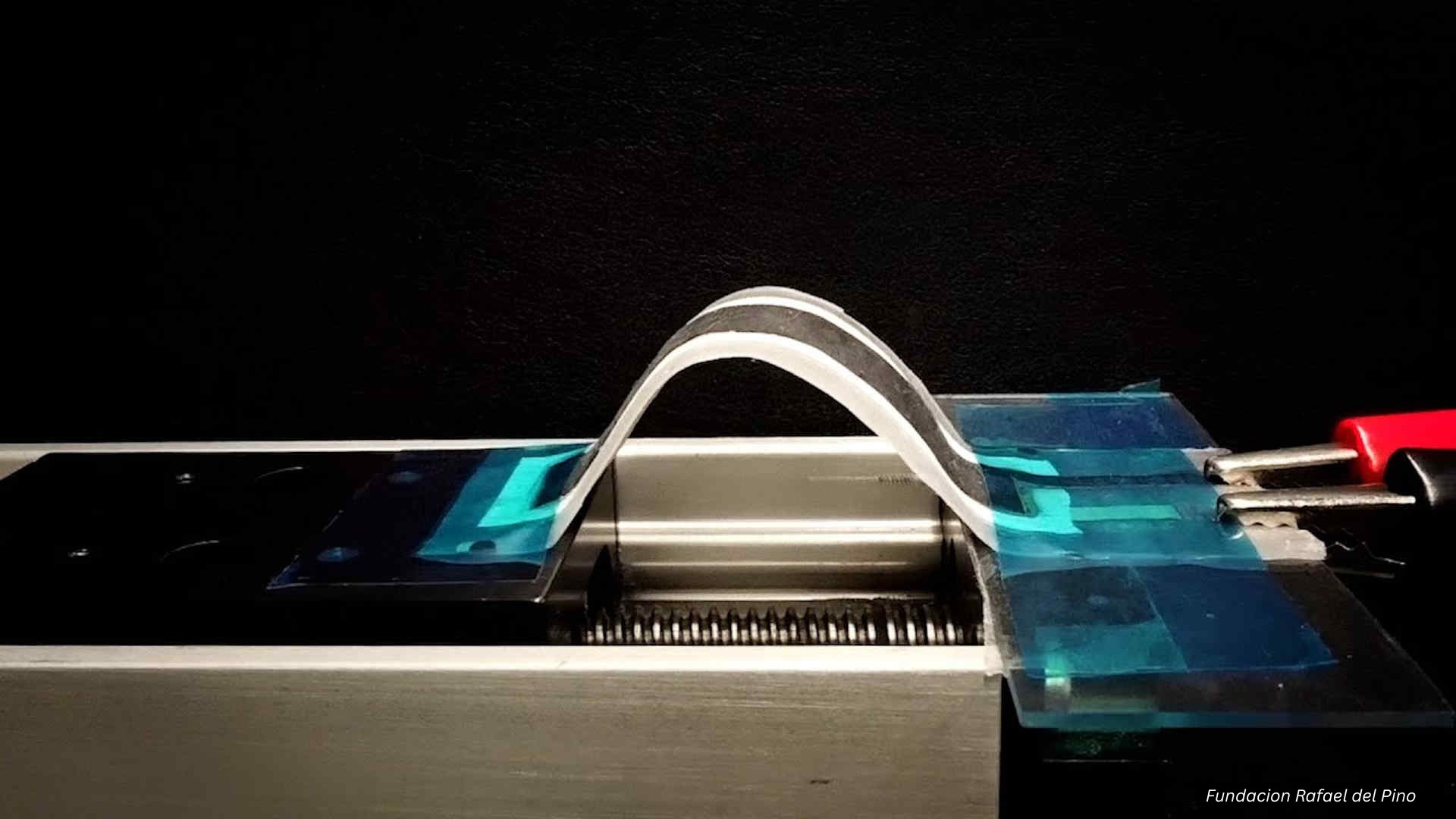China Heat Exchangers Market is expected to reach USD 6872.1 million by 2030
Published: 2025-01-27
Focus on sustainable practices and increasing demand for HVAC systems are driving up demand for the China heat exchangers market during the forecast period.
The China Heat Exchangers Market size was valued at USD 4243.5 million in 2023, and is predicted to reach USD 6872.1 million by 2030, with a CAGR of 6.5% from 2024 to 2030, according to new research by Next Move Strategy Consulting.
The focus on sustainable practices is driving growth in the China heat exchangers market. With increasing awareness of environmental sustainability, there's a growing demand for energy-efficient solutions across industries. Heat exchangers play a crucial role in sustainable practices by facilitating heat recovery, reducing energy consumption, and minimizing environmental impact.
As China prioritizes sustainable development and implements stricter environmental regulations, industries are investing in heat exchangers technologies to improve efficiency and reduce emissions. Additionally, government initiatives and incentives promoting sustainable practices further boost market growth by encouraging the adoption of heat exchangers in various applications such as HVAC systems, industrial processes, and renewable energy projects.
The increasing demand for HVAC systems is driving growth in China's heat exchangers market. As urbanization and infrastructure development accelerate across the country, there's a rising need for heating, ventilation, and air conditioning (HVAC) systems in residential, commercial, and industrial buildings.
Heat exchangers are integral components of HVAC systems, facilitating efficient heat transfer and temperature control. With China's focus on improving indoor comfort, energy efficiency, and air quality, the demand for HVAC systems equipped with high-performance heat exchangers is on the rise.
This trend is further fueled by government initiatives promoting energy conservation and green building standards, driving investments in energy-efficient HVAC solutions and propelling the growth of the heat exchangers market in China. Competition from alternative technologies presents a challenge to China's heat exchangers market. While heat exchangers offer efficient heat transfer solutions, alternative technologies such as heat pumps, thermal storage systems, and direct cooling methods are gaining traction.
These alternatives often boast advantages such as lower energy consumption, a smaller footprint, and simplified installation. Additionally, advancements in materials science and manufacturing techniques enable the development of innovative heat transfer solutions that may outperform traditional heat exchangers in certain applications.
To remain competitive, heat exchangers manufacturers in China must focus on innovation, cost reduction, and customization to meet evolving customer needs and differentiate their products in the market. The integration of advanced materials such as graphene and advanced ceramics represents a significant advancement in heat exchanger technology.
These materials possess exceptional properties, including high thermal conductivity and corrosion resistance, offering substantial potential for enhancing efficiency, durability, and overall performance across diverse industries such as HVACR, automotive, aerospace, and renewable energy.
By leveraging these unique attributes, heat exchangers can facilitate more effective heat transfer and better withstand challenging operational conditions, thereby enhancing reliability and extending lifespan. Moreover, the adoption of advanced materials has the potential to reduce energy consumption and prolong service life by approximately 5 to 10 years, resulting in significant benefits in terms of operational efficiency and sustainability across various sectors.
Additionally, the advent of Industry 4.0, characterized by the integration of automation, data exchange, and digital technologies in manufacturing processes, presents further opportunities for advancing heat exchangers technology. Through enhanced monitoring, control, and optimization facilitated by Industry 4.0 technologies, heat exchangers can achieve heightened efficiency and productivity.
Consequently, the synergy between advanced materials and Industry 4.0 advancements is poised to drive innovation and growth in the heat exchangers market, promising enhanced performance and sustainability across a wide array of industrial applications.
Request for a Sample PDF on the China Heat Exchangers Market
Several market players operating in China heat exchangers market include Alfa Laval AB, Johnson Controls International plc, Carrier Global Corporation, Lennox International Inc., Trane Technologies plc, API Heat Transfer Inc., Kelvion Holding GmbH, Xylem Inc., Danfoss Group, and General Electric Company among others.
Key Insights from the China Heat Exchangers Market Report:
-
The information related to key drivers, restraints, and opportunities and their impact on the China heat exchangers market is provided in the report.
-
The value chain analysis in the market study provides a clear picture of the roles of each stakeholder.
-
The market share of players in the China heat exchangers market is provided in the report along with their competitive analysis.
















Add Comment